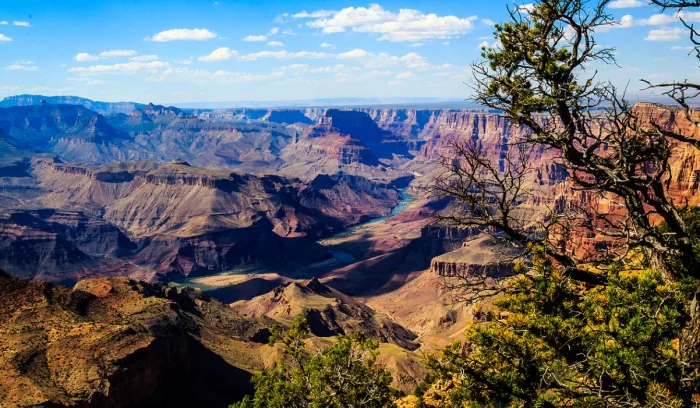
Scientists attempt to solve billion year time gap in Grand Canyon rock records
It's a mystery that has plagued geologists for more than a century.
The Grand Canyon is a mysterious formation, filled with yet-to-be explored caves and human artifacts.
If you scale down the canyon's rock faces, you can travel back in time almost two billion years - but in the canyon's rock record, there is a time gap. At some sites, more than a billion years' worth of rocks have vanished from the geologic record.
This isn't exclusive to the Grand Canyon. Referred to as the "Great Unconformity", missing time in geological records spanning between 100 million and 1 billion years occur in different rock formations around the world. Geologists have no idea why, but a new study could be narrowing in on the answer.
Researchers from the University of Colorado at Boulder (CU Boulder) suspect a series of small-but-violent faulting events may have torn up the earth around the Grand Canyon, causing rocks and sediment to wash into the ocean. This may have occurred during the breakup of an ancient supercontinent called Rodinia, which separated some 750–633 million years ago.
To reach their conclusion, a team lead by Barra Peak, a CU Boulder grad student in geological sciences, used a technique called thermochronology, which tracks heat history in stone. Geologic formations that are buried deep underground can get warm due to the pressure building on top of them, Peak explained in a statement. The heat leaves behind a signature that scientists can detect.
Peak's team studied rocks from several parts of the canyon and, in doing so, found the western and eastern halves were been subjected to different geologic contortions.
"It's not a single block with the same temperature history," Peak said.
Rodinia was likely what made the difference, creating an upheaval that may have shaped and shifted the canyon differently, and during different eras.
"We have new analytical methods in our lab that allow us to decipher the history in the missing window of time across the Great Unconformity," Rebecca Flowers, coauthor of the new study and a professor of geological sciences, said in a statement.
"We are doing this in the Grand Canyon and at other Great Unconformity localities across North America."
The Great Unconformity was first observed by John Wesley Powell during his 1869 expedition by boat down the rapids of the Colorado River, taking notice of stark vertical layers atop horizontal lines in the canyon.
"The difference between those two types of rocks is significant," the study's authors say.
"In the western part of the canyon toward Lake Mead, the basement stone is 1.4 to 1.8 billion years old. The rocks sitting on top, however, are just 520 million years old. Since Powell's voyage, scientists have seen evidence of similar periods of lost time at sites around North America."
Peak and her team are now turning their attention to other North American Great Unconformity sites to look for similarities.
Their paper is published in the journal GeoScienceWorld.
Thumbnail image courtesy: Lennart Sikkema/Wikipedia CC BY SA 3.0











